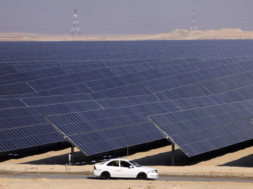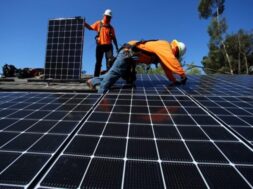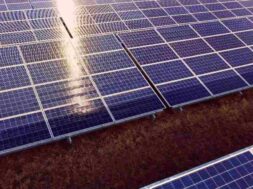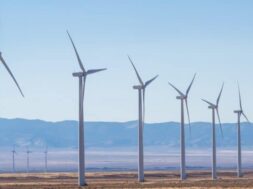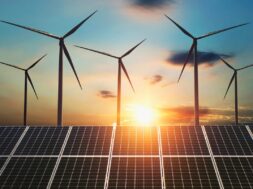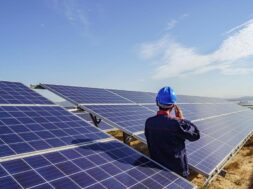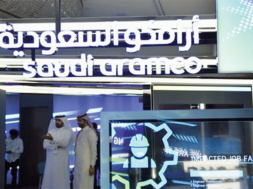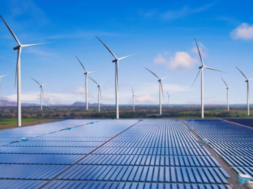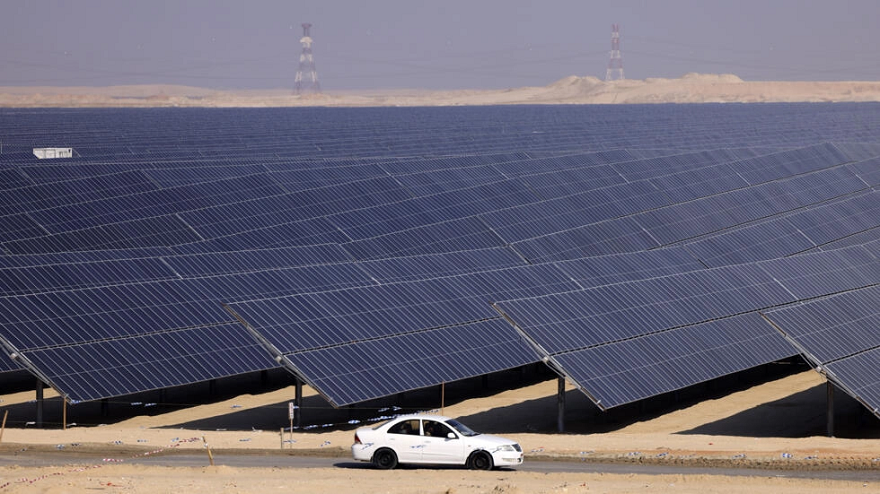
0
0
“Two-thirds of the investments have gone into large solar plants and not into smaller projects”
Investment is increasing in the global solar energy projects, and is expected to be more than USD 380 billion this year, the International Solar Alliance (ISA) Director General Dr Ajay Mathur has said.
Mathur made these remarks on Monday on the sidelines of the Singapore International Energy Week.
The good thing is that investment flow is increasing. It was about USD 310 billion for the whole of last year, and USD 235 billion investment has come in during the first half of this year, Dr Mathur told PTI.
We expect it to be more than $380 billion this year.
Elaborating on ISA work, he said, Our goal is that in every member country, we make solar the energy of choice. ISA will have 120 member countries by the end of this year, up from 116 currently.
The challenge is to get investments for small solar plants to reach out to the remote regions as approximately 74 per cent of the investment so far has gone to large-scale projects in the OECD and China, Dr Mathur informed. All of Africa has received just 2-3% from these funds. A brighter future? How climate change threatens MENA’s solar energy revolution
According to a recent report by the Global Energy Monitor, Arab countries have increased their renewable energy production capacity by 57% from mid-2022 to mid-2023, reaching a total of 19 gigawatts. The report also predicts a further increase of 50% by 2024. However, the region still needs to multiply its renewable energy capacity by 20 times in order to replace its dependence on gas.
While this increase is a positive step for a region that is known for its fossil fuel industry, the report notes that it is relatively unambitious compared to other regions, and its percentage is small in light of the huge role of oil and gas in the region. The report also highlights that last year, all but two countries in the Middle East and North Africa region increased their plans for wind and solar energy, with eight countries planning to increase their capacity by at least three times what it was 12 months ago.
Fast, confident steps
The Middle East and North Africa region have been making strides in renewable energy, with the UAE, Oman, and Morocco leading as the largest solar energy producers in the area, alongside Egypt and Jordan.
According to the report, the UAE stands out as the highest performer, having successfully operated 3 gigawatts of large-scale solar energy projects, bringing the total operating capacity of the sector to 5.6 gigawatts until May 2023.
Oman has added more than 1 gigawatt of renewable energy, bringing the total operating capacity of the sector to 1.28 gigawatts, with plans to add 46.4 gigawatts of solar energy in the future.
Meanwhile, Saudi Arabia’s total operating capacity for large-scale solar energy has reached approximately 776 MW, with future plans to add 14.97 GW.
Qatar has also completed the Al Kharsaah solar power plant project, bringing the country’s total operating capacity from zero to 800 megawatts, with plans to add 875 megawatts in the future.
In Egypt, the total operating solar capacity has exceeded 2 GW as of May 2023, with future plans to add 20.6 GW. In Jordan, the total operating capacity has exceeded 1.14 GW, with plans to add 1.16 GW.
Meanwhile, in Morocco, the total operating capacity has reached approximately 740 megawatts. The country plans to add more than 29 gigawatts, positioning it to compete in leading the growth boom in the renewable energy sector in the Middle East and North Africa.
Despite the vast deserts and sunny weather most days of the year, the distinct geographical location of the Arab region does not necessarily mean that it is ideal for producing solar energy.
Researchers warn of the negative impact of climate changes resulting from global warming on the ability of MENA states to generate solar energy due to changing atmospheric dynamics and rising temperatures.
Studies indicate that the hot, arid regions of the Middle East, which have a high potential for producing solar energy, are also the most vulnerable to greater fluctuations in the amount of solar radiation.
Solar radiation fluctuations
Despite significant developments in the renewable energy sector, researchers have warned that the rise in Earth’s surface temperatures may lead to an overall decrease in solar radiation and an increase in the number of cloudy days.
This can result in an increase in humidity, aerosols, and suspended particles in the Earth’s atmosphere. Ahmed Abdel Rahim, an assistant professor of climatology at Mansoura University, believes that hot and arid regions like the Middle East and the American Southwest, which are among the highest potential producers of solar energy, are more vulnerable to greater fluctuations in the amount of solar radiation.
Some people believe that global warming may raise the temperature of the Earth and thus increase the ability of countries to generate energy by heating their atmosphere. However, Abdel Rahim stresses the seriousness of the effects of climate change. Dust storms limit the purity of solar panels, which require periodic cleaning. Extreme heat also limits the efficiency of electricity production through solar panels.
Ahmed explained to The New Arab that the optimal temperature for solar panels is around 25 degrees Celsius. “An increase in temperature by one degree Celsius above the reference temperature of 25 degrees reduces the efficiency of solar panels by 0.5%.”
The rise in temperatures resulting from climate change will have a direct impact on the performance of photovoltaic plants. It affects the productivity of solar panels as well as the amount of humidity, aerosols, and suspended particles in the atmosphere. This can cause fluctuation or intermittency in the amount of solar radiation that reaches the surface of the planet, which sustains the production of solar energy.
Small changes in solar radiation can bring about significant changes in the possibility of energy stability, especially in regions that are witnessing rapid growth in photovoltaic energy production, and specifically in arid regions that seek to achieve ambitious plans for the future, such as the Arab region. “As atmospheric turbulence increases and temperatures rise in dry regions like MENA, dry soils are likely to generate greater amounts of aerosols and dust that would reduce solar radiation,” Ahmed said.
Aerosols and dust can also contaminate photovoltaic panels and disrupt their ability to receive solar radiation and generate energy.
A study published in June 2020 in the journal Nature Sustainability showed that in highly polluted and desert areas like North Africa and the Middle East, suspended matter reduces the efficiency of panels by more than 50%. But removing them can increase the efficiency back to more than double its pre-pollution level.
